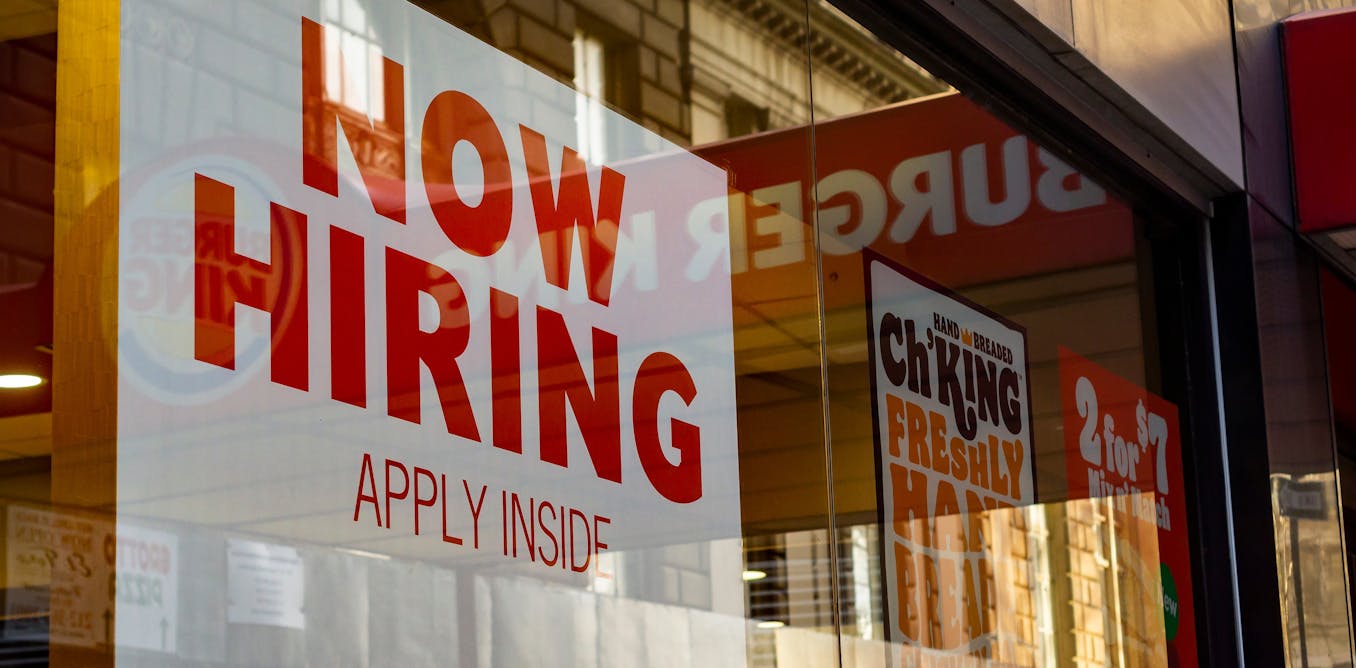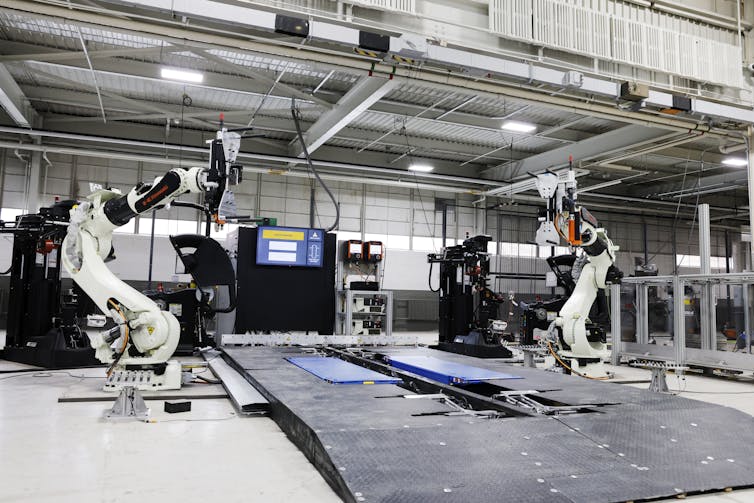
Last month, unemployment in Canada hit a record low of 5.2%. Along with a low unemployment rate, many industries have experienced – and are still experiencing – a shortage of workers, with the number of job vacancies in Canada reaching 900,000 in January.
Both of these things are good for workers, right?
Potential employers, desperate for new recruits, are “throwing money at applicants”. Many low-wage jobs have even seen pay rises, such as Walmart’s recently announced 20% pay raise for truck drivers.
The pandemic is partly responsible for this labor shortage, as the supply of immigrant labor has dried up throughout the lockdown. However, Canada’s aging population has also been a factor.
Is automation the answer?
The solution to the labor shortage proposed by the Chief Economist of the Business Development Bank of Canada is increased automation.
Proponents and critics have long argued over the impact of automation on jobs. Advocates believe automation can be used to perform mundane or physically demanding tasks, freeing up workers to learn new skills and take on better jobs.
Recent research from the University of Pennsylvania supports the argument that automation creates jobs. The study found that investing in robots increased work efficiency and quality while reducing costs, increasing productivity and creating more job opportunities. Similarly, a 2020 report from Statistics Canada also found that companies that used robots hired more human workers.
The impact of automation on work can only be assessed in the longer term and according to whether jobs are created by departures or retirements and according to whether departure activities are fully automated.
But critics have argued that automation and technological advancements are creating an hourglass economy where opportunities exist only for high and low-skilled workers, leaving less work for semi-skilled workers who either need to upskill, or accept less qualified (and salaried) work.
THE CANADIAN PRESS/Jonathan Hayward
A common example used to illustrate the detriment of technology to employment is the case of Blockbuster. Once a physical video rental titan with 60,000 employees, Blockbuster was unable to compete with new streaming services Netflix (which only had around 2,500 employees) and filed for bankruptcy in 2010. Netflix automated the video rental business while Blockbuster retained its labor-intensive physical business. model until it’s too late.
Automation might not be so bad after all
The reason automation hasn’t had a more detrimental impact on workers can be explained by two factors. First, employees are also consumers. To reduce employment is to reduce the product market, which is bad for industrialists and for capitalism itself.
As a professor of management, I often use an incident that supposedly took place between Henry Ford II and Walter Reuther, leader of the United Automobile Workers union, to illustrate this point.
While showing Reuther the new automated assembly lines at his auto plant, Ford subtly threatened the future of the union: “How are you going to get these robots to pay your union dues? Unfazed, Reuther replied, “How are you going to get them to buy your cars?”

(Rick Osentoski/AP Images for RoboTire)
Second, companies can easily solve problems with new technologies by employing human workers to take over. Take for example the failure of automation in the fast food industry and the story of Flippy, the hamburger flipping robot, which lasted a single day, only to be replaced by human workers when it failed. could not meet the demand. Such examples reveal how workers provide an easy substitute for automation that fails to cut the mustard (or flip the hamburger).
Read more: COVID-19 has fueled automation – but human involvement remains essential
The current situation is different because employers are struggling to recruit workers. The use of automation becomes a necessity rather than a source of competitive advantage. Additionally, labor shortages mean that turning to workers to replace failing technology is a less viable strategy, so companies are more likely to persevere in introducing new technology.
The future of automation
It has been argued that around half of the activities undertaken by workers could be automated by 2055. This does not mean that all of these activities will be automated. Nor does it mean that 50% of jobs will necessarily disappear in the next 30 years without other jobs appearing as a result.
However, the current circumstances, especially the labor shortage, are a powerful motivation for automation. We could see a significant increase in the use of automation in the workplace over the next few years.
The challenges of filling vacancies may be good news for workers now, but the longer-term consequences remain to be seen.